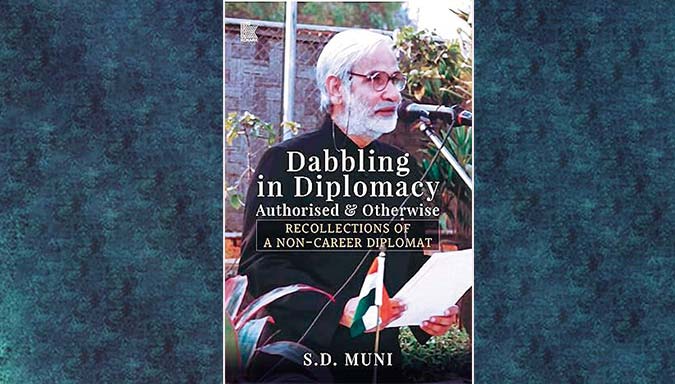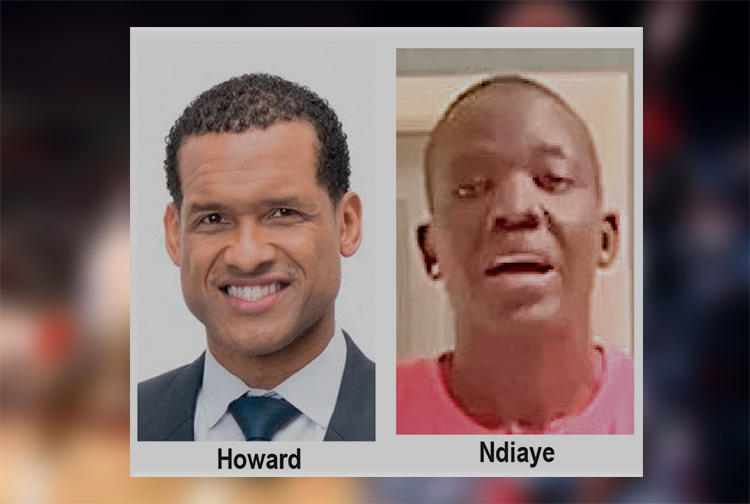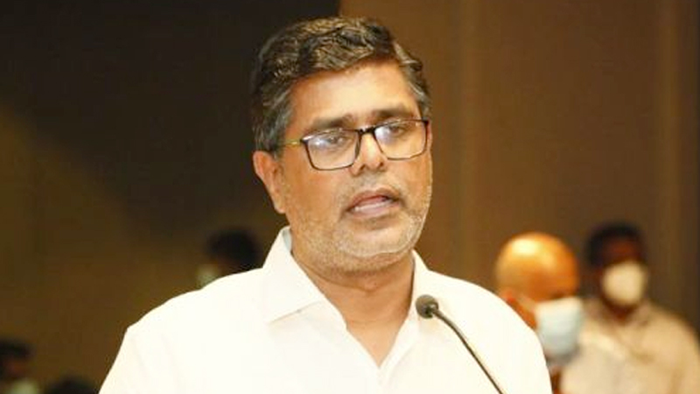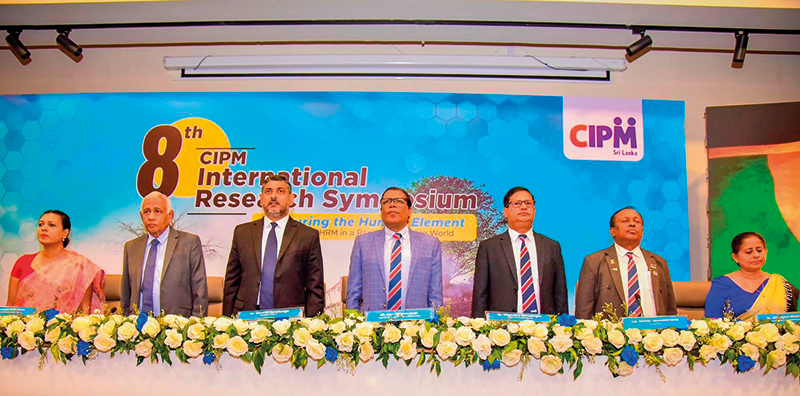News
Ex-Indian Envoy and Sri Lanka Expert S.D Muni on the Ethnic Conflict

————————
Below are excerpts from Dabbling in Diplomacy – Authorised & Otherwise: Recollections of a Non-Career Diplomat by S.D. Muni (New Delhi: Konark, 2024).
———————————
The TULF leadership duo of A. Amrithalingam and V. Anandasangaree came to JNU [Jawaharlal Nehru University, New Delhi] to talk to all those interested in Sri Lankan affairs. Prof Urmila Phadnis organised a meeting where I was also present. The TULF leaders’ proposition was that why can India not intervene in Sri Lanka in support of Tamils and create an Eelam (independent Tamil State) as it had done in the case of Bangladesh. They explained that Tamils were being ethnically dominated and persecuted by the Sinhalese as the Bengalis had been exploited and suppressed in the erstwhile East Pakistan. The Tamil Eelam, proposed by the TULF in 1976, was to liberate Tamils from this persecution and it was to be a ‘secular, socialist state based on the right to self-determination’.
Both Urmila ji and I explained to them why it was not possible and practical for India to intervene as in 1971. I have elaborated on some of the reasons, in my book Pangs of Proximity: India and Sri Lanka’s Ethnic Crisis (Sage, 1993). It was not India’s policy to have a separate sovereign Tamil State in close proximity to India’s Tamil Nadu. Tamil nationalism had already erupted once in India during the late 1950s. The regional strategic context was also very different from what operated in 1971 for any drastic military action by India in the immediate neighbourhood.
The TULF leaders went back disappointed from JNU but all of us made common friends and our contacts remained active thereafter, until Amrithalingam was unfortunately assassinated by the LTTE later.
————————
I had close contacts with the EPRLF and EPDP. From EPRLF, Ketheeswaran Loganathan (popularly addressed as Ketheesh) came in contact with me first when he was lobbying for his cause in New Delhi. He introduced me to Shanthan Thambiah who was based in London and Varadaraja Perumal, another top-ranking leader of EPRLF. Both of them introduced me to their leader Comrade K. Pathmanabha, (popularly addressed as Com. Nabha), a suave, impressive and ideologically oriented personality. He disapproved of the LTTE’s insistence on a political order that had no room for dissent and diverse opinions.
Nabha’s thrust was on having a polity that valued social justice and equality, not only among all the sections of the Tamil community but also in relation to the majority Sinhalese community. He had accepted the Indo-Sri Lanka accord of July 1987 as against LTTE’s opposition to it. The LTTE could not stand his challenge to their ideological line. They assassinated him in June 1990 in Chennai where all Tamil leaders were scheduled to meet for mutual consultation and coordination.
Nabha visited me for dinner three days before his assassination where I witnessed his casual and overconfident approach to his personal security. He explained to me the approach of EPRLF to the struggle for Eelam under the situation created by the Indo-Sri Lankan Agreement. After dinner, when he was leaving, I cautioned him about his personal security in Chennai. I contributed to the Volume brought out by the EPRLF as a tribute to his memory.
—————————————
President Premadasa was a different class of politician, with a strong and rustic sense of nationalism. Emerging from a backward section of Sri Lankan society, his views differed from those leaders from the upper echelons. We met him in August 1989, shortly after he was elected to office. Our discussions were relaxed but intense and the subjects on the table were India-Sri Lanka relations as well as Sri Lanka’s domestic politics with reference to the role of the LTTE and the JVP. President Premadasa expressed his displeasure with the continued presence of the IPKF in Sri Lanka and India’s support for the North-East Provincial government headed by Varadaraja Perumal. We tried to explain to him that India had no bad intentions in Sri Lanka; the IPKF was there only at the request of the previous Sri Lankan government and would be withdrawn after it completes its mission. In response, he remarked, ‘India was invited as a guest but it has overstayed, to the discomfort of the host.’ When questioned about his approach to critical political issues, he likened it to a soccer player assessing a ball that needs to be put into the goal, showing little concern for other players or events on the field. Premadasa harboured such strong dislike for India that he did not hesitate in supporting the LTTE with arms supplies to confront the IPKF.
———————-
CBK [Chandrika Bandaranaike Kumaratunga] had her first visit to India as President in March 1995. She was put up in Rashtrapati Bhawan. She invited me and Hardeep Singh Puri for a quiet lunch. Puri was a senior IFS (Indian Foreign Service) officer who served in Sri Lanka under Dixit. CBK had been interacting with him in Colombo and knew that he had closely watched the LTTE and interacted with them during his stay in Colombo. Puri was actively involved in assisting Dixit to persuade the LTTE to accept the 1987 Agreement and accordingly, cooperate in laying down arms and help in the establishment of an Interim Administrative Council for the Northern and Eastern Provinces.
LTTE chief Velupillai Prabhakaran held many discussions with Dixit and agreed to cooperate. The agreement for laying down arms was signed on 28 September 1987. For signing the agreement, Prabhakaran personally backed out at the last moment and pushed his deputy to do this with the Indian High Commission. Explaining his refusal to sign the agreement, Prabhakaran said: ‘Mahatma Gandhi never signed any agreement with the British government so why should I.’ In reaction, Dixit also refused to sign the Agreement and deputed Puri to do so with the deputy of the LTTE leader, K. Mahendra Raja. This was disclosed to me by Dixit in one of our meetings and discussions in Colombo.
——————-
At the Rashtrapati Bhawan lunch, Chandrika told us very confidently that she would be able to strike a peace deal with the LTTE leader. She referred to three months of ceasefire between the LTTE and the Sri Lankan army since her assumption of presidency. She told us about the letters (seven in all, by then) exchanged between her and the LTTE leader Prabhakaran. Both Puri and I did not share her optimism and confidence. In our different ways, we explained to her the deceptive nature of the LTTE promises.
I narrated to her the way in which the EPRLF and other Tamil leaders were assassinated by the LTTE. I also referred to her a Ph.D. Dissertation done under my supervision by Sudha Ramachandran on the LTTE, its character, strategy and behaviour. Puri shared with her his experiences in dealing with the LTTE, especially Prabhakaran. Puri had accompanied Prabhakaran when after the 1987 Indo-Sri Lanka Agreement, he was brought to Rajiv Gandhi for a face-to-face meeting. Puri had told me in one of our Colombo meetings that Prabhakaran looked very nervous with his shirt going completely wet with his sweat.
We emphasised to CBK that it is a part of the LTTE strategy to make the adversary complacent and relaxed and then strike so as to take him by surprise. We cautioned her and requested her not to take the LTTE words on face value and remain prepared for any eventuality. It did not seem that she was convinced by our explanations. Within a few weeks of her return to Sri Lanka, we learnt that the LTTE in April 1995 had broken the ceasefire and declared war.
—————————
CBK took two other initiatives towards resolving the Tamil question that were unique in some respects. One was a proposal in August 2000, for a new Constitution that pledged devolution of power to Tamils and Muslims through federal institutions. It also proposed trimming of the Executive Presidency to create a more transparent and democratic political system. The constitutional proposal was being worked upon since her coming to power and had been subjected to informal feedback and suggestions from all stakeholders before its presentation as a Bill in Parliament.
It had support from all coalition parties in her government, including the JVP, which generally did not favour devolving powers to Tamils through federalism. It was for the first time that a federal solution to the ethnic issue had been proposed and that too with the support of diehard Sinhala parties like the JVP.
The second initiative was concerning the composition of her government. In the parliamentary elections of 2004, her party emerged victorious defeating the UNP. She decided to appoint her very able Foreign Minister Lakshman Kadirgamar, a Tamil, as the Prime Minister to instill confidence of Tamils in her government. I heard about this from some of her party members in her official residence during one of my visits. Here again, she could not succeed because of stiff opposition from the hardline Sinhalese and Sangha pressures from within and outside her party.
—————————————————-
I have had opportunities to meet Chandrika’s successor Mahinda Rajapaksa. On his first visit to India in 2006, the Sri Lankan High Commission organised a public reception. High Commissioner Jayasinghe invited me and took me to President Rajapaksa for a one-on-one meeting introducing me to him as ‘former President’s friend’. President Rajapaksa, after exchanging pleasantries, said: ‘Professor, please ask your friend to support and cooperate with me.’ I submitted that ‘Excellency, in Sri Lanka’s interest, it is desirable that both of you work together.’ Chandrika then was the President of Rajapaksa’s party, the Sri Lanka Freedom Party (SLFP), and it may be recalled that she made him Prime Minister in 2004.
———————-
[At an interaction with a small group during his visit to Singapore] Gotabaya [Rajapaksa] was completely dismissive of any ethnic issue left to be resolved in Sri Lanka and also of any human rights violations during the anti-LTTE operations. He was only concerned about the possibility of the LTTE’s re-emergence. I met him again in Colombo as part of a Kalinga Foundation delegation under the leadership of India’s former foreign secretary Lalit Mansingh. We had gone to Sri Lanka on the invitation of The Pathfinder Foundation in September 2019. We met Gotabaya at his private residence. While shaking hands with him, I said, ‘Am I meeting the future President of Sri Lanka?’ He responded with a smile, stating that it was ‘all in the hands of his party’. He was sworn in as President in November 2019. During our meeting, I also enquired about his approval, during the previous regime, for the Chinese nuclear submarine to dock in the Colombo port. He explained, ‘That file was presented to me as the docking of a warship, and since we were allowing warships of other countries for refueling, etc., I also permitted that.’ He went on to mention, ‘The Indian High Commission raised the issue with me, and I assured them that we would not allow the submarine to dock on its return. However, it seems that the return docking permission had also been granted with the initial approval.’ Unfortunately, his response did not completely satisfy us.
(Excerpted with permission from Konark Publishers, New Delhi)
News
US sports envoys to Lanka to champion youth development

The U.S. Embassy in Colombo welcomed the U.S. Sports Envoys to Sri Lanka, former National Basketball Association (NBA) and Women’s National Basketball Association (WNBA) players Stephen Howard and Astou Ndiaye, from June 8 through 14.
The Public Diplomacy section of the U.S. Embassy said that it would launch a weeklong basketball program intended to harness the unifying power of sports, made possible through collaboration with Foundation of Goodness and IImpact Hoop Lab.
While in Sri Lanka, Howard and Ndiaye, both retired professional basketball players, will conduct a weeklong program, Hoops for Hope: Bridging Borders through Basketball. The Sports Envoys will lead basketball clinics and exhibition matches and engage in leadership sessions in Colombo and Southern Province for youth aged 14-18 from Northern, Uva, Eastern and Western Provinces, offering skills and leadership training both on and off the court. The U.S. Envoys will also share their expertise with the Sri Lanka Basketball Federation, national coaches, and players, furthering the development of basketball in the country. Beyond the clinics, they will collaborate with Sri Lankan schoolchildren to take part in a community service project in the Colombo area.
“We are so proud to welcome Stephen and Astou as our Sports Envoys to Sri Lanka, to build on the strong people-to-people connections between the United States and Sri Lanka,” said U.S. Ambassador Julie Chung. “The lessons that will be shared by our Sports Envoys – communication, teamwork, resilience, inclusion, and conflict resolution – are essential for leadership development, community building, equality, and peace. The U.S. Sports Envoy program is a testament to our belief that sports can be a powerful tool in promoting peace and unity.”
News
Rahuman questions sudden cancellation of leave of CEB employees

SJB Colombo District MP Mujibur Rahuman in parliament demanded to know from the government the reasons for CEB suspending the leave of all its employees until further notice from Thursday.
MP Rahuman said that the CEB has got an acting General Manager anew and the latter yesterday morning issued a circular suspending leave of all CEB employees with immediate effect until further notice.
“We demand that Minister Kanchana Wijesekera should explain this to the House. This circular was issued while this debate on the new Electricity Amendment Bill was pending. There are many who oppose this Bill. The Minister must tell parliament the reason for the urge to cancel the leave of CEB employees,” the MP said.However, Speaker Mahinda Yapa Abeywardena prevented Minister Wijesekera responding to the query and said that the matter raised by MP Rahuman was not relevant.
News
CIPM successfully concludes 8th Annual Symposium

The Chartered Institute of Personnel Management (CIPM) successfully concluded the 8th Annual CIPM Symposium, which took place on 31st May 2024. Themed “Nurturing the Human Element—Redefining HRM in a Rapidly Changing World,” the symposium underscored the pivotal role of human resource management (HRM) in today’s dynamic global landscape. Since its inception in 1959, CIPM has been dedicated to advancing the HR profession through education, professional development, and advocacy, solidifying its position as Sri Lanka’s leading professional body for HRM.
Ken Vijayakumar, the President of the CIPM, graced the occasion as the chief guest. The symposium commenced with the welcome address by the Chairperson, Prof. Arosha Adikaram, followed by the Web Launch of the Symposium Proceedings and Abstract Book by the CIPM President. The event featured distinguished addresses, including a speech by Chief Guest Ken Vijayakumar, President of CIPM, and an address by Guest of Honor Shakthi Ranatunga, Chief Operating Officer of MAS Holdings Pvt. Ltd., Sri Lanka.
The symposium also featured an inspiring keynote address by Prof. Mario Fernando, Professor of Management and Director of the Centre for Cross Cultural Management (CCCM) at the University of Wollongong, Australia.
Vote of Thanks of the inauguration session was delivered by Dr. Dillanjani Weeratunga, Symposium Co-chair.
The symposium served as a comprehensive platform for researchers to present their findings across a wide range of critical topics in HRM. These included Cultural Diversity and Inclusion, Talent Development and Retention, Ethical Leadership and Corporate Social Responsibility, Adapting to Technological Advancements, Mental Health and Well-being at Work, Global Workforce Challenges, Employee Empowerment, and Reskilling and Upskilling.
The plenary session was led by Prof. Wasantha Rajapakse. Certificates were awarded to the best paper presenters during the valedictory session, followed by a vote of thanks delivered by Kamani Perera, Manager of Research and Development.
The annual symposium of CIPM was a truly inclusive event, attracting a diverse audience that spanned undergraduates, graduates, working professionals, research scholars and lecturers. This widespread interest highlights the symposium’s significance in the field of HRM, offering a unique opportunity for everyone to network and learn from scholarly brains.The CIPM International Research Symposium was sponsored by Hambantota International Port, Sri Lanka Institute of Information Technology (SLIIT), E B Creasy & Co. PLC, and Print Xcel Company.












